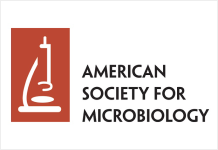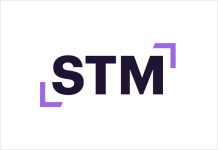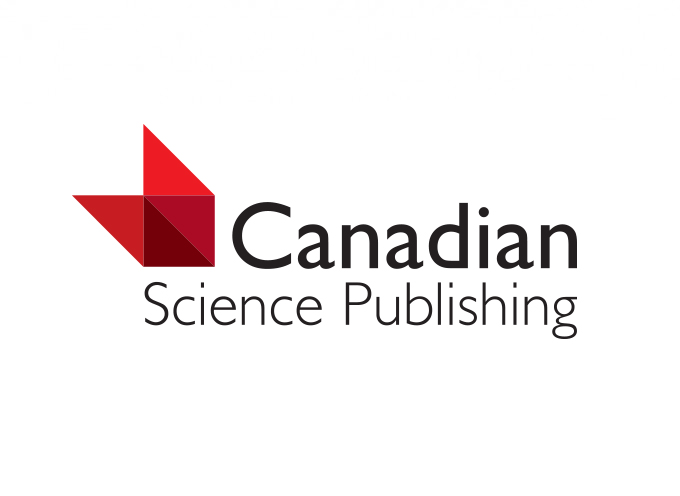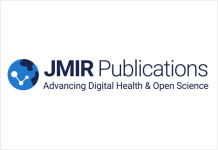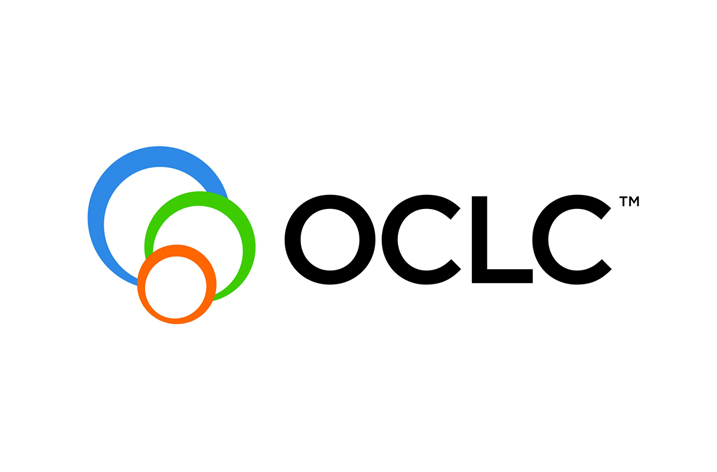
A study published in the open access journal BMC Medicine identifies 13 evidence-based characteristics by which potential predatory journals may be distinguished from presumed legitimate ones.
The 13 characteristics identified by researchers at Ottawa Hospital Research Institute, Canada include:
- An interest in publishing research on a larger number of topics than legitimate journals.
- Extremely low article processing charges (APCs) – below $150.
- Fuzzy, distorted or potentially unauthorized images on their websites (noted in 66% of potential predatory journals).
- Requests that articles be submitted by email – often to non-professional or non-academic email addresses – rather than via a submission system.
- A lack of policies about retractions, corrections, errata, and plagiarism (more than half of legitimate journals had policies for all four).
The wide scope and low APCs may be a way for potential predatory journals to attract as many submissions as possible, the authors suggest. They caution that an APC below $150 for a biomedical journal – while potentially attractive to uninformed authors or those with limited financial resources – indicates that the journal may be predatory, as APCs of presumed legitimate journals tend to be 18 to 30 times higher. APCs cover peer review and editorial services that predatory publishers may not provide.
While the characteristics identified in this study may not be sensitive enough to detect all potentially predatory journals, the authors hope that their findings may be helpful to researchers in assessing a journal’s legitimacy and quality.









